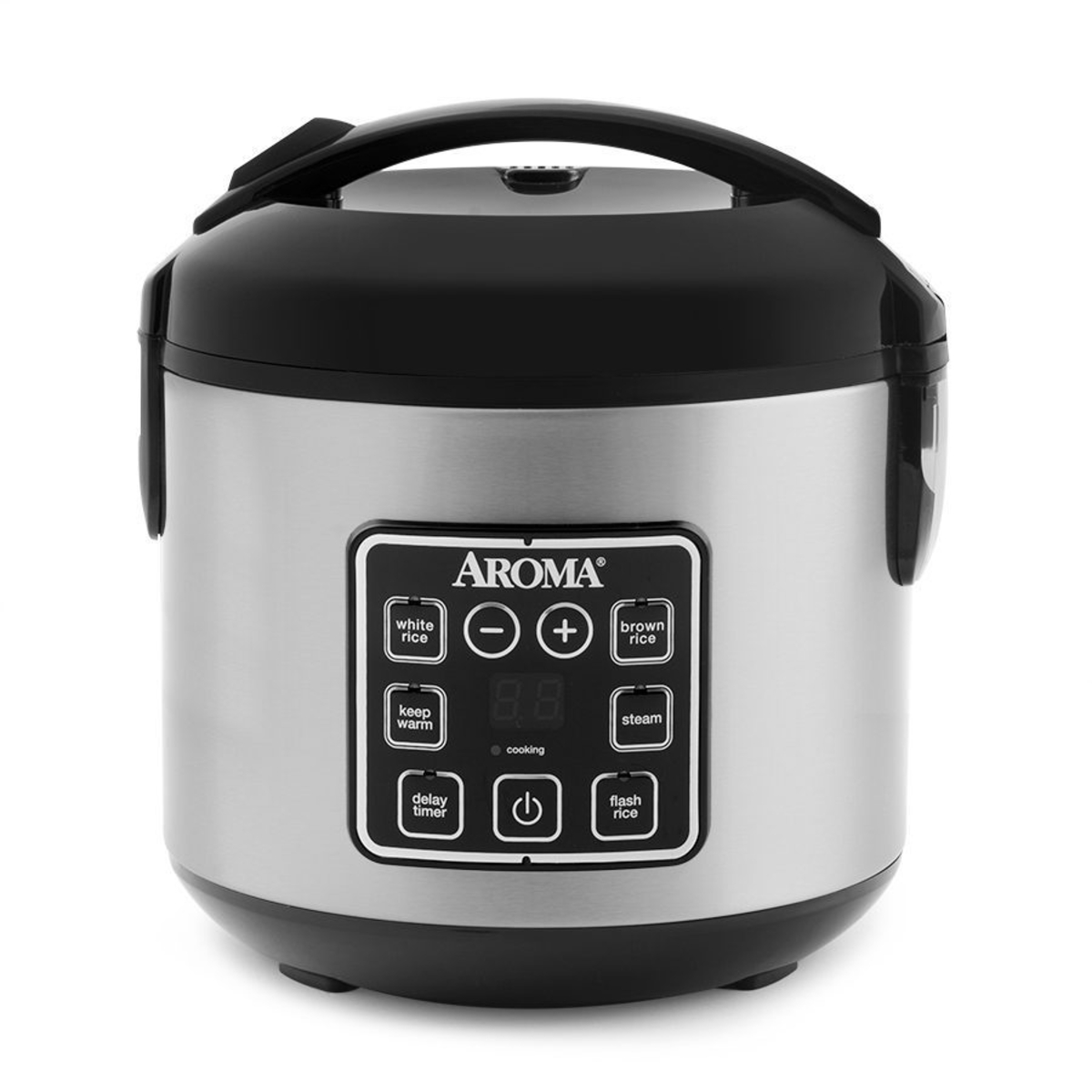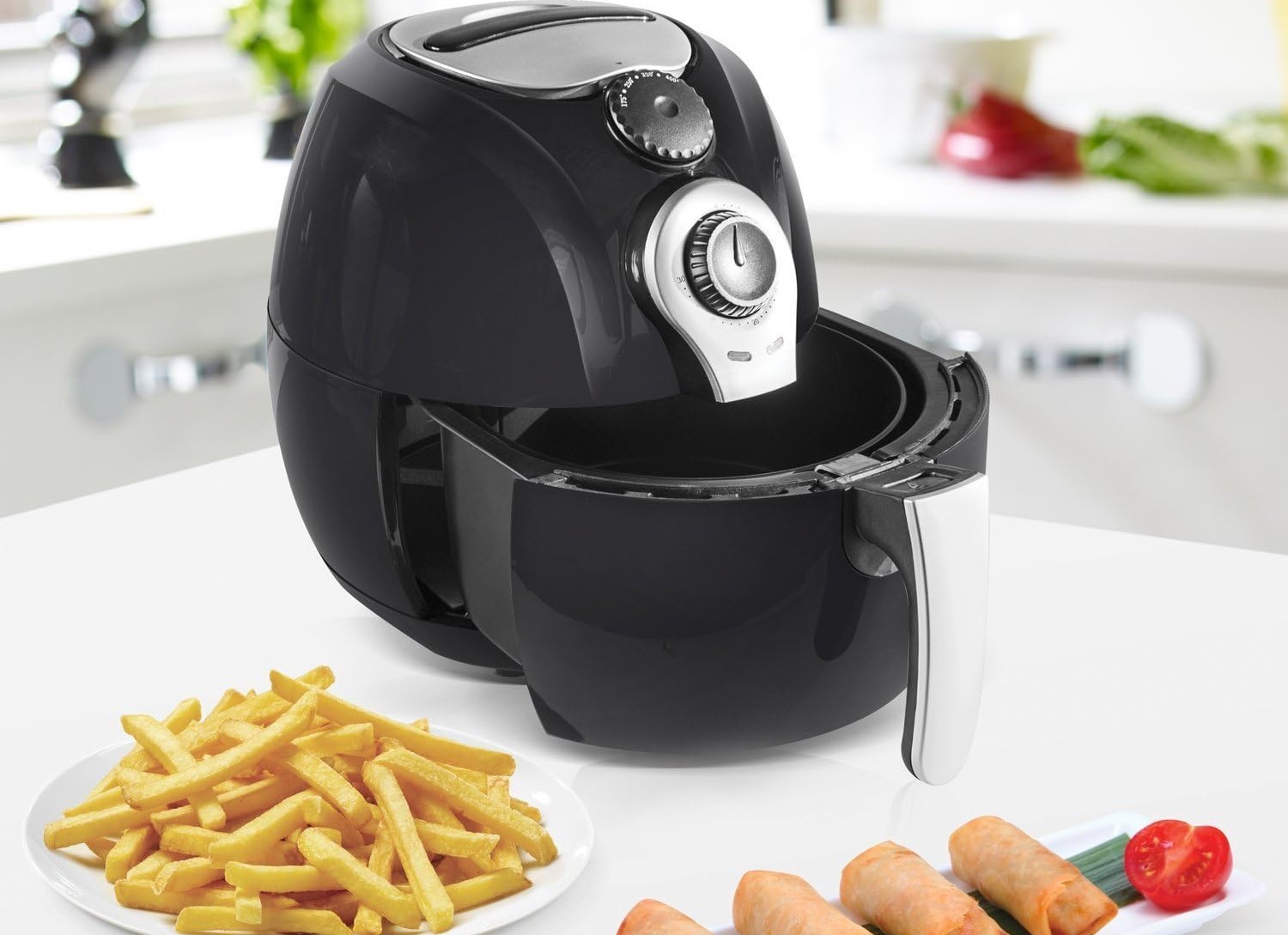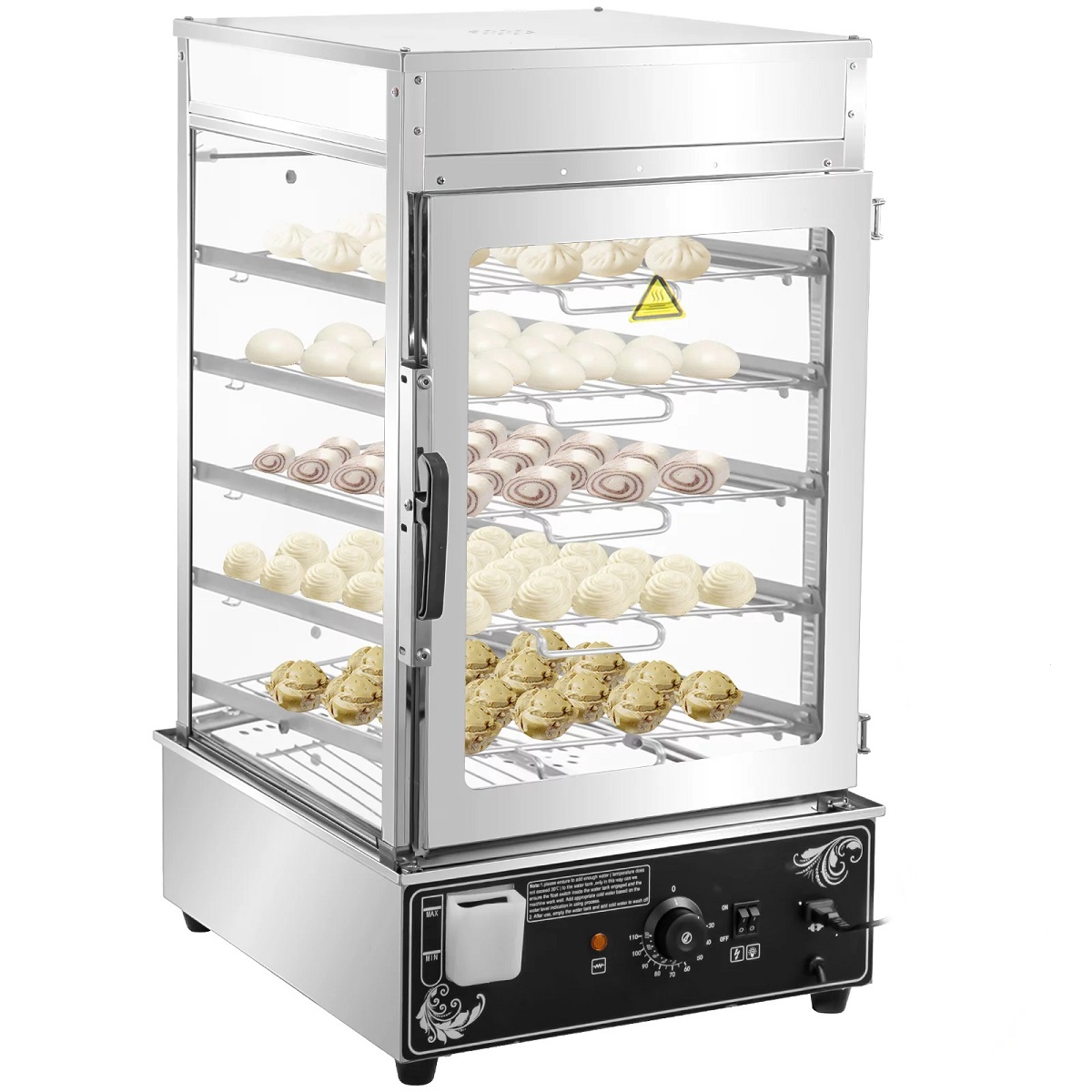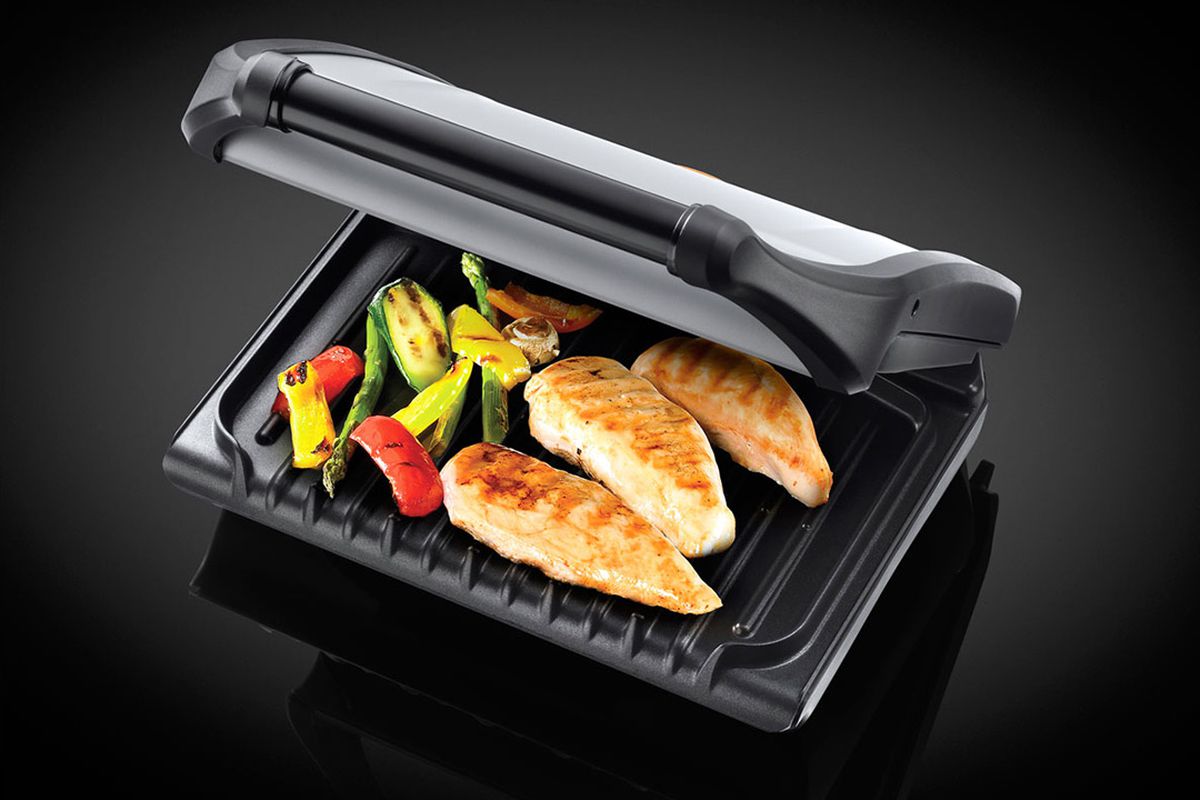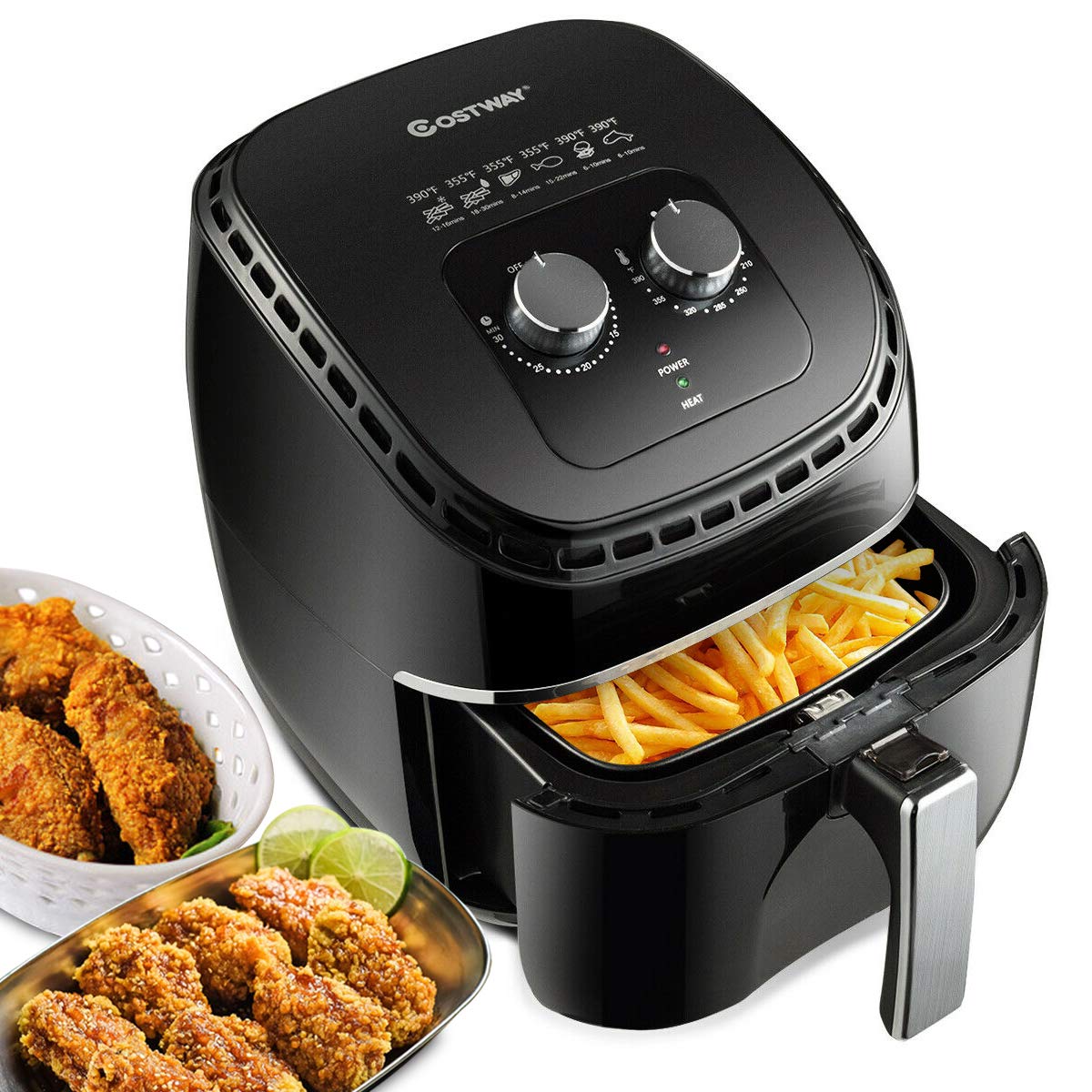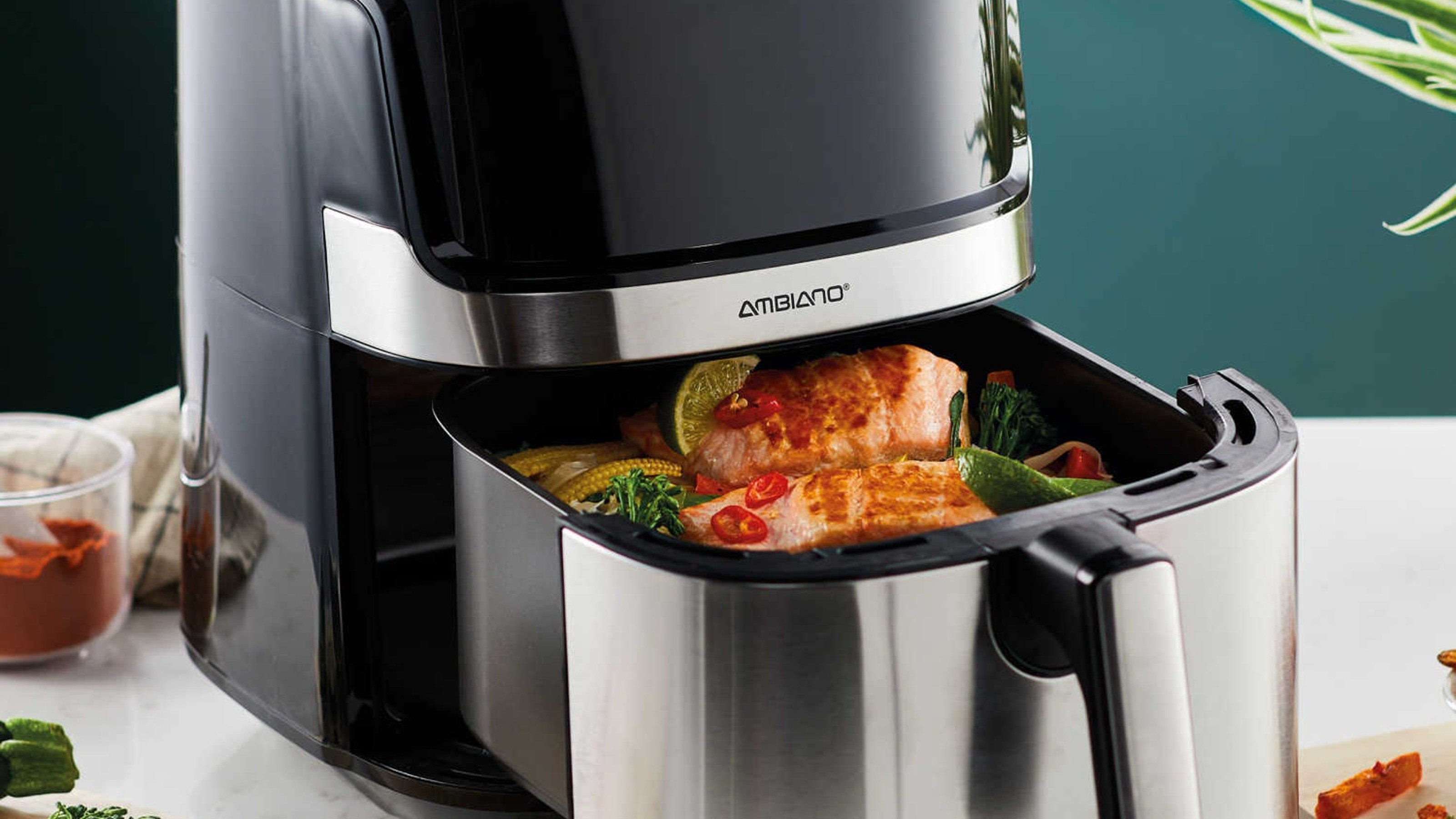Home> Healthy Cooking Appliances
Healthy Cooking Appliances: Unleash Your Inner Chef Today!
Discover our comprehensive guide on Healthy Cooking Appliances. Elevate your lifestyle and create delicious, nutritious meals with ease.
13 Incredible Aroma 8-Cup Rice Cooker And Food Steamer For 2024
By: Chloe Davis • Articles
